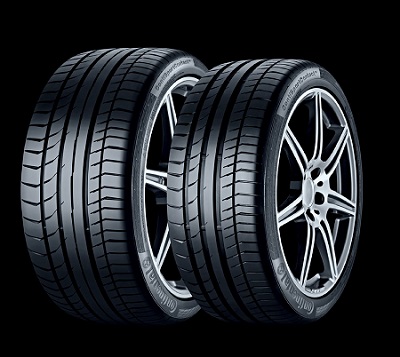The rubber industry in Asia continues to post positive performance and this is expected to persist in 2019 and beyond. The Association of Natural Rubber Producing Countries (ANRPC) in its Natural Rubber Trends & Statistics report indicated that the world consumption of natural rubber grew 6.6%, on a year-to-year basis to 10.653 million tonnes from January 2018 to September 2018 in spite of the slower growth in the world production at 1.5% to 9.779 million tonnes on a year-to-year basis - creating a supply deficit of 874,000 tonnes during the same reference period.
According to the ANRPC, the physical rubber prices remain low despite such favourable market fundamental in the natural rubber market. The high inventory in the Shanghai Rubber Exchange and the warehouses in Qingdao Free Trade zone and other external factors have kept the sentiments down in NR market. Even when commodities prices and markets moved higher with hope of resumed talks between the US and China on the trade war matters during the mid-September 2018, but the worries and concern of slowdown in the Chinese economy from the trade war could deepen further between China and the US for their tariff policies.

High-growth industries fuel demand
The rubber processing chemicals market is projected to breach the $5 billion mark by 2025, according to an estimate by Global Market Insights. The market will be primarily driven by the robust growth of the automobile industry. Global automobile sales already went beyond 97 million vehicles yearly and the massive size of the industry is expected to fuel the product demand in near future.
Tyre remains the largest application segment for rubber processing chemicals market in 2017 and is forecast to post higher growth due to escalating automobile sales across the globe, according to the Global Market Insights report.
Non-tyre application segment is likely to experience rising demand during the forecast period. This can be attributed to the increasing industrialisation and construction activities around the world. Rubber processing chemicals in the construction industry is applied for roofing materials, floor covering, sound insulators and sealants.
By sector, global automotive tubeless market is projected to reach $192.8 billion by the end of 2024, growing by 6% or even higher yearly. The expansion of major players is seen to further boost the growth of automotive tubeless tyre market in near future. Rising sales of automobiles in Asia-Pacific region, especially in China, India and other developing countries further boost the demand for automotive tubeless tyre market. China dominated the market with a revenue share of 58.5% in 2016 followed by Japan with a market share of 15% in overall Asia-Pacific market.
Rubber gloves are made of different rubber types, with others in combination of such materials as plastics and textiles. They cover a wide range of applications, ranging from medical gloves to utility gloves for almost any kind of work. According to a report by the Decision Databases, rubber gloves will register a 8.5% annual growth in terms of revenue to reach $7.3 billion by 2023 from $ 4.47 billion in 2017. Supply of the rubber gloves is concentrated in the China and Southeast Asia regions such as Malaysia, Indonesia and Thailand. The four countries totally produce about 95% of the total rubber gloves and will continue to dominate the gloves market.
With global consumption of medical examination and surgical gloves from the healthcare industries, as well as the greater demand of cleanroom gloves from manufacturing industries, the requirement for rubber gloves is largely concentrated in the developed countries, according to the report. The United States, Europe and Japan are dominating the market consume, with more than 74% sales share in these three countries, although they only make up around 20% of the world total population. However, in recent years, China, India, and other developing countries are catching up, as their populations grow rapidly and expenditure on healthcare also sees an upward trend. It is thus believed that the future growth of the market will be mostly driven by the developing countries.
Off White X Max 98













